
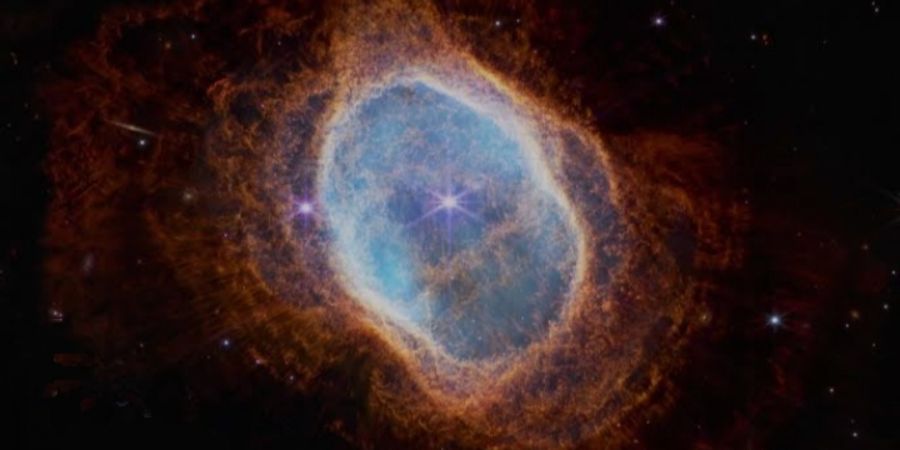
Space, also known as outer space, refers to the vast, seemingly infinite expanse that exists beyond Earth's atmosphere. It is a vacuum, devoid of air and other atmospheric elements, and extends in all directions, encompassing galaxies, stars, planets, moons, asteroids, comets, and various other celestial bodies.
Here are some key points about space:
1. Size and Scale: Space is immense in size and scale. The observable universe is estimated to be about 93 billion light-years in diameter, containing countless galaxies, each composed of billions or even trillions of stars.
 2. Gravity: Space is governed by the force of gravity, which plays a crucial role in shaping the structure and movement of celestial objects. Gravity pulls objects toward each other and determines their orbits.
2. Gravity: Space is governed by the force of gravity, which plays a crucial role in shaping the structure and movement of celestial objects. Gravity pulls objects toward each other and determines their orbits.
3. Celestial Bodies: Space is filled with celestial bodies, including stars, planets, moons, asteroids, comets, and nebulae. Stars are massive, luminous spheres of hot gas that emit light and heat. Planets are large objects that orbit stars and are generally composed of rock, gas, or a combination of both. Moons are natural satellites that orbit planets.
 4. Galaxies: Galaxies are vast systems composed of stars, gas, dust, and other celestial objects bound together by gravity. The Milky Way is the galaxy in which our solar system resides.
4. Galaxies: Galaxies are vast systems composed of stars, gas, dust, and other celestial objects bound together by gravity. The Milky Way is the galaxy in which our solar system resides.
5. Black Holes: Black holes are regions in space with extremely strong gravitational forces, from which nothing, including light, can escape. They are formed by the collapse of massive stars.
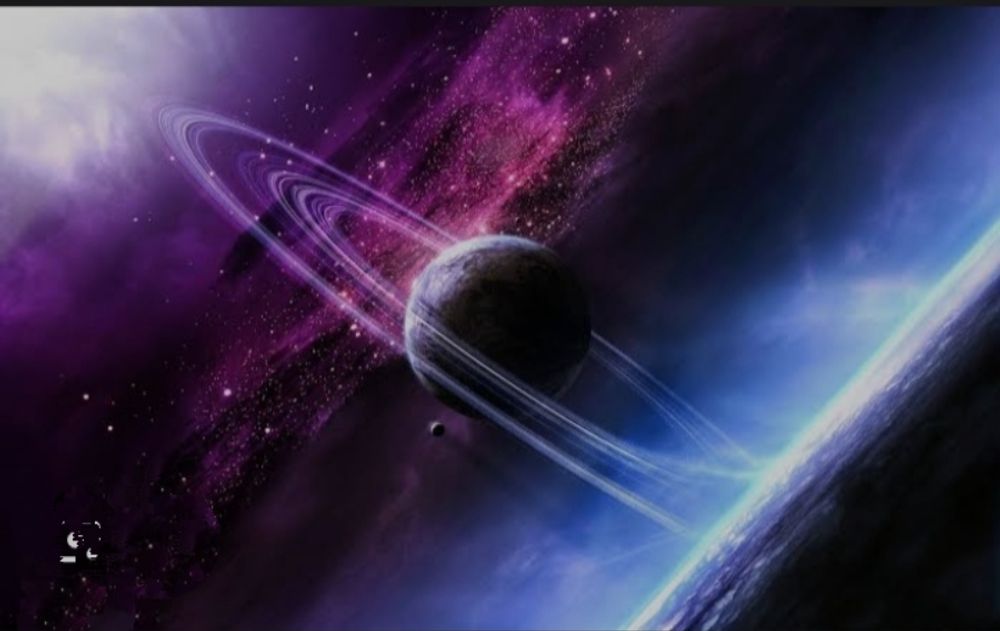 6. Exploration: Human exploration of space has been ongoing for decades. Initially, space exploration involved sending unmanned spacecraft to study celestial bodies, such as the Moon, planets, and comets. Later, humans began venturing into space through manned missions, starting with Yuri Gagarin's orbit of the Earth in 1961. The Apollo missions landed humans on the Moon, and various space agencies, including NASA, Roscosmos, ESA, and others, continue to explore space through satellites, telescopes, and space probes.
6. Exploration: Human exploration of space has been ongoing for decades. Initially, space exploration involved sending unmanned spacecraft to study celestial bodies, such as the Moon, planets, and comets. Later, humans began venturing into space through manned missions, starting with Yuri Gagarin's orbit of the Earth in 1961. The Apollo missions landed humans on the Moon, and various space agencies, including NASA, Roscosmos, ESA, and others, continue to explore space through satellites, telescopes, and space probes.
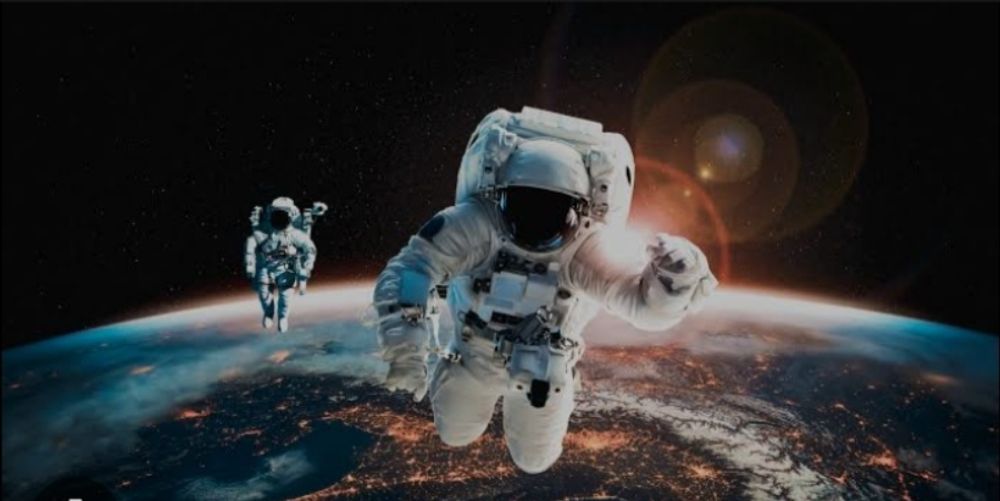 7. Challenges: Space exploration poses several challenges due to the extreme conditions and distances involved. These challenges include the lack of breathable atmosphere, exposure to radiation, microgravity effects on the human body, and the immense distances between celestial objects.
7. Challenges: Space exploration poses several challenges due to the extreme conditions and distances involved. These challenges include the lack of breathable atmosphere, exposure to radiation, microgravity effects on the human body, and the immense distances between celestial objects.
8. Space Telescopes: Telescopes are crucial tools for studying the universe from Earth and space. Space-based telescopes, such as the Hubble Space Telescope and the James Webb Space Telescope (scheduled to launch in 2021), provide clearer and more detailed views of distant objects by avoiding the distortion caused by Earth's atmosphere.
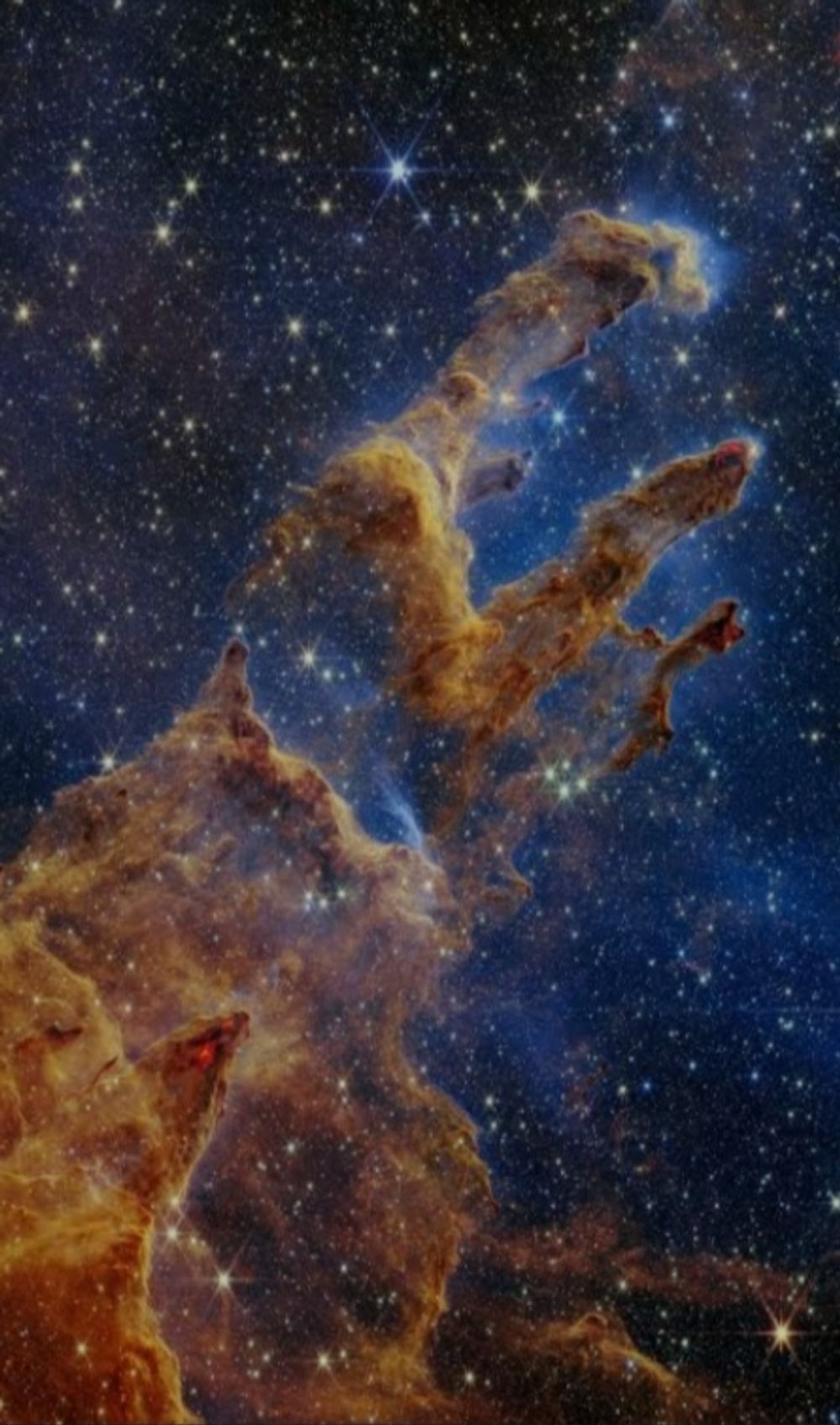 9. Space Travel and Colonization: The concept of space travel and colonization involves humans venturing beyond Earth to establish permanent settlements on other celestial bodies, such as the Moon or Mars. These ideas aim to expand human presence in space and unlock the potential for scientific research, resource utilization, and the long-term survival of the human species.
9. Space Travel and Colonization: The concept of space travel and colonization involves humans venturing beyond Earth to establish permanent settlements on other celestial bodies, such as the Moon or Mars. These ideas aim to expand human presence in space and unlock the potential for scientific research, resource utilization, and the long-term survival of the human species.
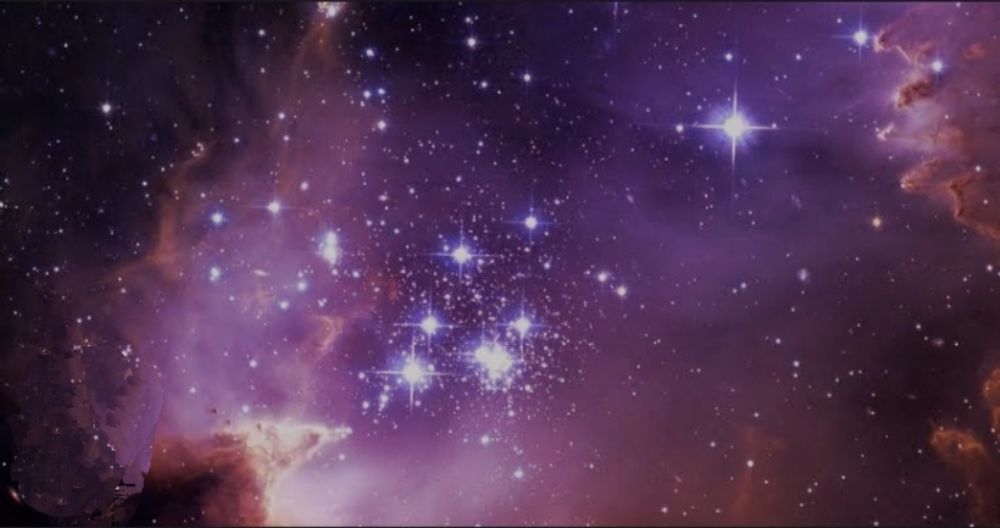 Space continues to inspire awe and curiosity, driving scientific advancements and our understanding of the universe. Ongoing exploration and technological advancements are uncovering new mysteries and expanding our knowledge of the cosmos.
Space continues to inspire awe and curiosity, driving scientific advancements and our understanding of the universe. Ongoing exploration and technological advancements are uncovering new mysteries and expanding our knowledge of the cosmos.


